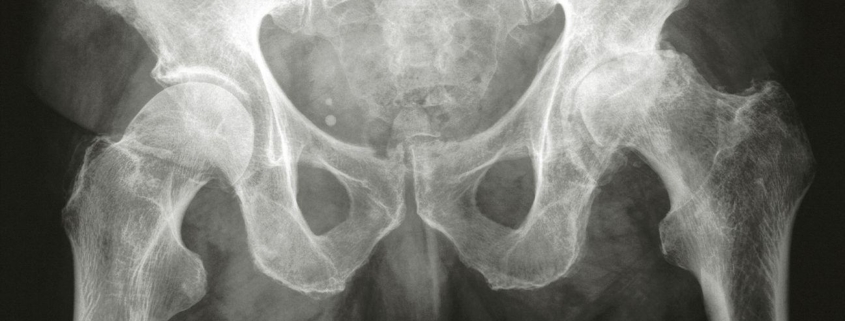
Hip Arthritis
Overview
Hip arthritis is a degenerative health condition that mainly affects the hip joint, causing severe pain and reduced mobility. Millions of people around the world live with this condition, which primarily affects individuals above the age of 50. However, it can also occur in younger people due to injury or other medical conditions.
Types
There are three main types of hip arthritis:
-
- Osteoarthritis: This is the most common type, often seen in individuals over the age of 50. It occurs when the protective cartilage of the hip joint wears down over time.
-
- Rheumatoid Arthritis: This is a chronic inflammatory disorder that not only affects the hip joints but other parts of the body as well.
-
- Post-traumatic Arthritis: This type is a result of a severe hip injury or fracture. The trauma leads to the wearing down of the hip joint and eventually results in arthritis.
Causes
The causes of hip arthritis vary depending on the type. Osteoarthritis occurs due to age-related wear and tear. Rheumatoid arthritis is an autoimmune disorder; the body’s immune system mistakenly attacks the lining of the joint capsule. Post-traumatic arthritis, as the name suggests, is caused by a previous injury or trauma to the hip joint. Other risk factors include obesity, genetics, and previous athletic injuries.
Symptoms
Common symptoms of hip arthritis include:
-
- Persistent pain in the hip or groin area
-
- Stiffness in the hip joint
-
- Reduced mobility or difficulty walking
-
- Swelling around the hip joint
Less common symptoms may include a grinding sensation during movement and occasionally, severe pain after periods of inactivity or immediately upon waking up.
Diagnosis
A conclusive diagnosis of hip arthritis is made by a medical professional after considering the patient’s symptoms, medical history, a physical exam, and diagnostic tests. The tests commonly used include X-ray imaging to see changes in the joint, and blood tests, especially for rheumatoid arthritis. An MRI (Magnetic Resonance Imaging) may be ordered in some cases for a more detailed view.
Treatment Options
The primary goal of treatment is to relieve pain, reduce inflammation, and improve mobility. Treatment options vary from lifestyle changes and physiotherapy to medication and even surgery:
-
- Lifestyle changes: Simple changes such as losing weight, moderate exercising, and using assistive devices like canes can help manage symptoms.
-
- Physiotherapy: A physiotherapist can prescribe specific exercises to improve mobility and strengthen the muscles supporting the hip.
-
- Medication: Over-the-counter pain relievers and anti-inflammatory medication may help. In severe cases, stronger prescription medication or corticosteroid injections may be needed.
-
- Surgery: In cases where conservative treatments aren’t effective, hip replacement surgery may be considered.
Living With Hip Arthritis
Living with hip arthritis requires patience and persistence. Regular gentle exercises, a healthy diet, maintaining a healthy weight, and taking prescribed medications regularly can help manage the condition. It’s important to communicate openly with your healthcare provider about your symptoms and any changes in your condition.
When to Seek Help
While it’s common for arthritis symptoms to fluctuate, it’s important to seek immediate medical attention if you experience sudden severe pain, can’t move your hip, or if the area becomes red, hot, or swollen. Also, if your symptoms become progressively worse despite treatment, schedule an appointment with your healthcare provider.
